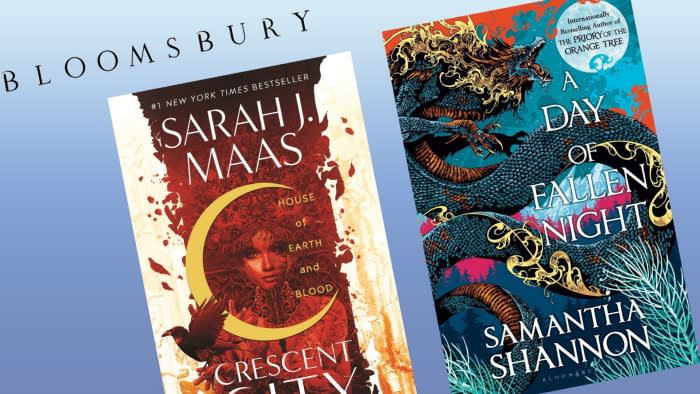Unlock the Editor’s Digest for free
Roula Khalaf, Editor of the FT, selects her favourite stories in this weekly newsletter.
The bursting of the pandemic sales bubble has been sharp and painful for sectors such as online retail. In publishing, an unlikely source — social media — has helped avoid a hard landing.
Social media should, in theory, be an enemy of the publishing industry given the competing pressures on consumers’ time. Since the pandemic, though, it has produced growth for once-niche genres such as fantasy and propelled authors who were little known to mainstream audiences on to bestseller lists. This will not be a fleeting phenomenon.
BookTok is a community within the video app TikTok in which influencers post content such as reviews of their favourite books. Similar groups can be found on YouTube or Instagram. Yet it is BookTok that has shaken up the sometimes fusty literary world, turbocharging sales of authors such as Sarah J Maas, Colleen Hoover and Alice Oseman among younger readers.
In the US, annual print volumes fell 3 per cent year on year in 2023 to 767mn, according to advisory group Circana. But the decline was softened by growth in adult and young adult fiction, driven by genres such as fantasy, romance and coming-of-age novels — all popular with BookTok audiences.
In the UK, Harry Potter publisher Bloomsbury in February raised its profit outlook following strong sales of the latest Maas novel released in January. Analyst consensus for full-year pre-tax profit, set to be reported in May, has risen by more than a quarter. Interest in House of Flame and Shadow has also pushed up sales of Maas’s back catalogue.
Analysts are holding off on upgrading estimates for 2025 until they know when the next of Maas’s books is scheduled for publication. Bloomsbury’s shares are up 22 per cent in the past year, though the stock trades on a forward price-to-earnings multiple of under 12 times, below pre-pandemic levels.

In 2022, 9mn of the 348mn books sold that year — totalling £2.5bn in value — were found through video assistance platforms, estimated Nielsen BookData.
But BookTok’s real value is reaching younger audiences. Nearly a fifth of women between the ages of 13 and 34 — who were the biggest purchasers of books in 2022 — are estimated to use BookTok.
Publishers are investing in genres such as “romantasy” and working with influencers. But the industry’s influence on social media popularity is pretty limited, argues Dan Conway, chief executive of the Publishers Association. Nor will other industries seeking to attract younger audiences find this phenomenon easy to replicate.
Publishing has inadvertently scored a win in the competition for eyeballs. It should capitalise on social media trends all it can.
nathalie.thomas@ft.com


